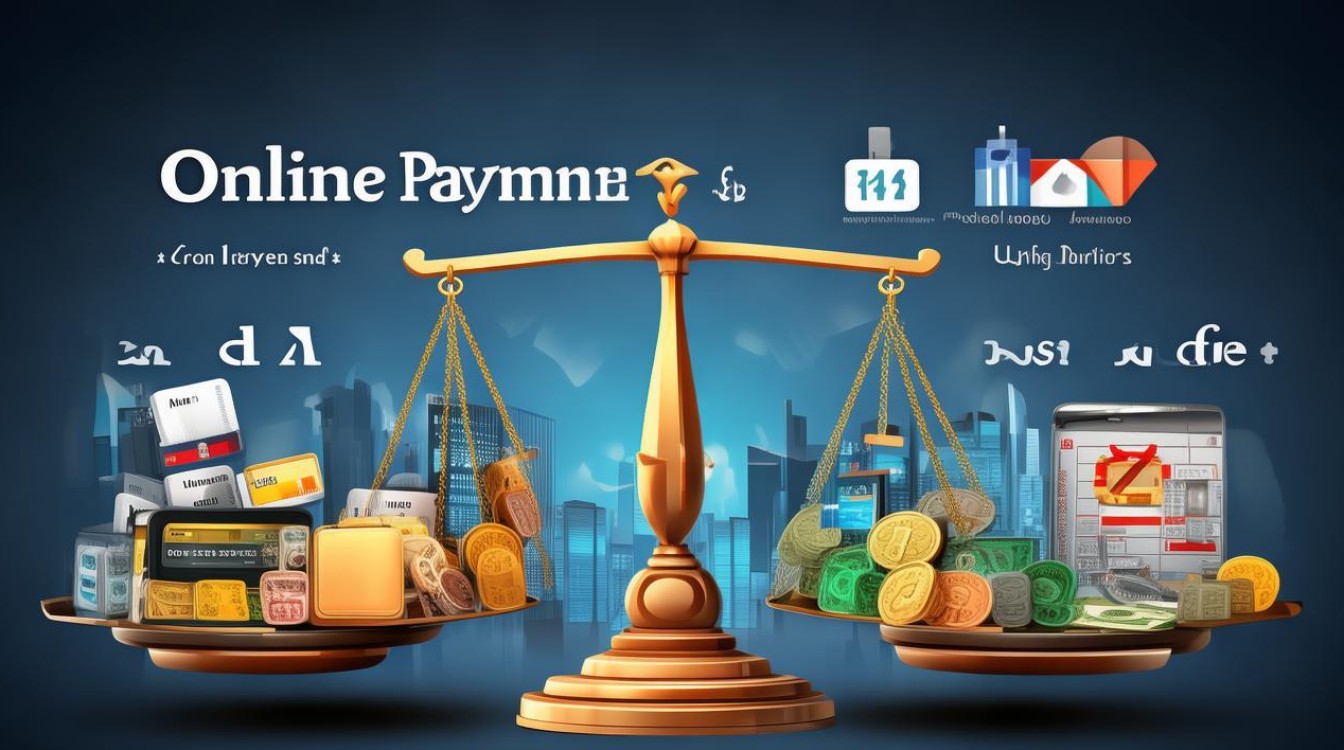The digital revolution has transformed how we handle money, making online payment systems an integral part of modern life. From shopping to bill payments, digital transactions offer convenience, speed, and accessibility. However, they also come with risks such as fraud and privacy concerns. This article examines the advantages and disadvantages of online payment methods, helping users make informed decisions.

Advantages of Online Payment
Convenience and Speed
Online payments eliminate the need for physical cash or checks. With just a few clicks, users can complete transactions from anywhere, anytime. Whether paying bills, shopping online, or transferring money, digital platforms save time and effort. Mobile wallets and contactless payments further enhance efficiency, reducing queues in stores.
Global Accessibility
E-commerce and international transactions thrive because of online payment systems. Businesses can accept payments from customers worldwide, while freelancers and remote workers receive earnings instantly. Services like PayPal, Stripe, and Alipay facilitate cross-border payments, breaking geographical barriers.
Enhanced Security Features
Reputable payment platforms use encryption, two-factor authentication (2FA), and biometric verification to protect users. Unlike cash, which can be lost or stolen, digital transactions leave a trace, making it easier to track fraudulent activities. Many services also offer buyer protection, refunding unauthorized charges.
Better Financial Management
Digital payments generate automatic records, helping users track expenses effortlessly. Budgeting apps sync with bank accounts, categorizing spending patterns and providing insights. This transparency encourages smarter financial decisions, reducing impulsive purchases.

Eco-Friendly Transactions
Reducing reliance on paper money and checks lowers environmental impact. Digital receipts and electronic invoices minimize waste, aligning with sustainable practices.
Disadvantages of Online Payment
Cybersecurity Risks
Despite advanced security measures, hackers exploit vulnerabilities in payment systems. Phishing scams, malware, and data breaches expose sensitive information. Users must stay vigilant, avoiding suspicious links and using strong passwords.
Transaction Fees
Some platforms charge fees for processing payments, especially for international transfers. Small businesses and freelancers may find these costs burdensome, eating into profits.
Privacy Concerns
Companies collect vast amounts of user data, raising privacy issues. While regulations like GDPR protect consumers, data leaks remain a threat. Users should review privacy policies and limit sharing unnecessary details.

Dependence on Technology
Technical glitches, server outages, or internet disruptions can halt transactions. Unlike cash, digital payments rely on stable infrastructure, which may not be available in remote areas.
Fraud and Chargebacks
Scammers exploit online transactions through fake websites or identity theft. Chargebacks, while protecting buyers, can harm sellers if misused. Businesses must implement fraud detection tools to mitigate risks.
Balancing the Pros and Cons
Online payments revolutionize finance but require caution. Users should choose trusted platforms, enable security features, and monitor accounts regularly. Businesses must prioritize customer safety while optimizing payment processes.
As technology evolves, digital transactions will become even more seamless. However, staying informed and proactive ensures a secure and efficient experience. Whether embracing mobile wallets or sticking to traditional methods, understanding the trade-offs empowers better financial choices.



